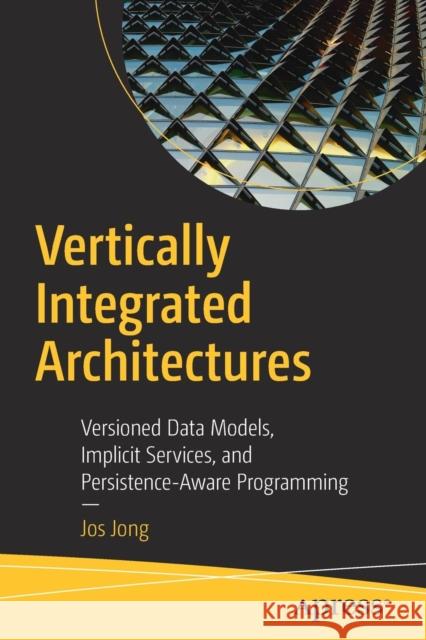Vertically Integrated Architectures: Versioned Data Models, Implicit Services, and Persistence-Aware Programming » książka
topmenu
Vertically Integrated Architectures: Versioned Data Models, Implicit Services, and Persistence-Aware Programming
ISBN-13: 9781484242513 / Angielski / Miękka / 2018 / 244 str.
Vertically Integrated Architectures: Versioned Data Models, Implicit Services, and Persistence-Aware Programming
ISBN-13: 9781484242513 / Angielski / Miękka / 2018 / 244 str.
cena 134,90 zł
(netto: 128,48 VAT: 5%)
Najniższa cena z 30 dni: 133,97 zł
(netto: 128,48 VAT: 5%)
Najniższa cena z 30 dni: 133,97 zł
Termin realizacji zamówienia:
ok. 20 dni roboczych.
ok. 20 dni roboczych.
Darmowa dostawa!
Kategorie:
Kategorie BISAC:
Wydawca:
Apress
Język:
Angielski
ISBN-13:
9781484242513
Rok wydania:
2018
Ilość stron:
244
Waga:
0.42 kg
Wymiary:
15.5 x 23.4 x 1.9
Oprawa:
Miękka
Wolumenów:
01
Dodatkowe informacje:
Wydanie ilustrowane











